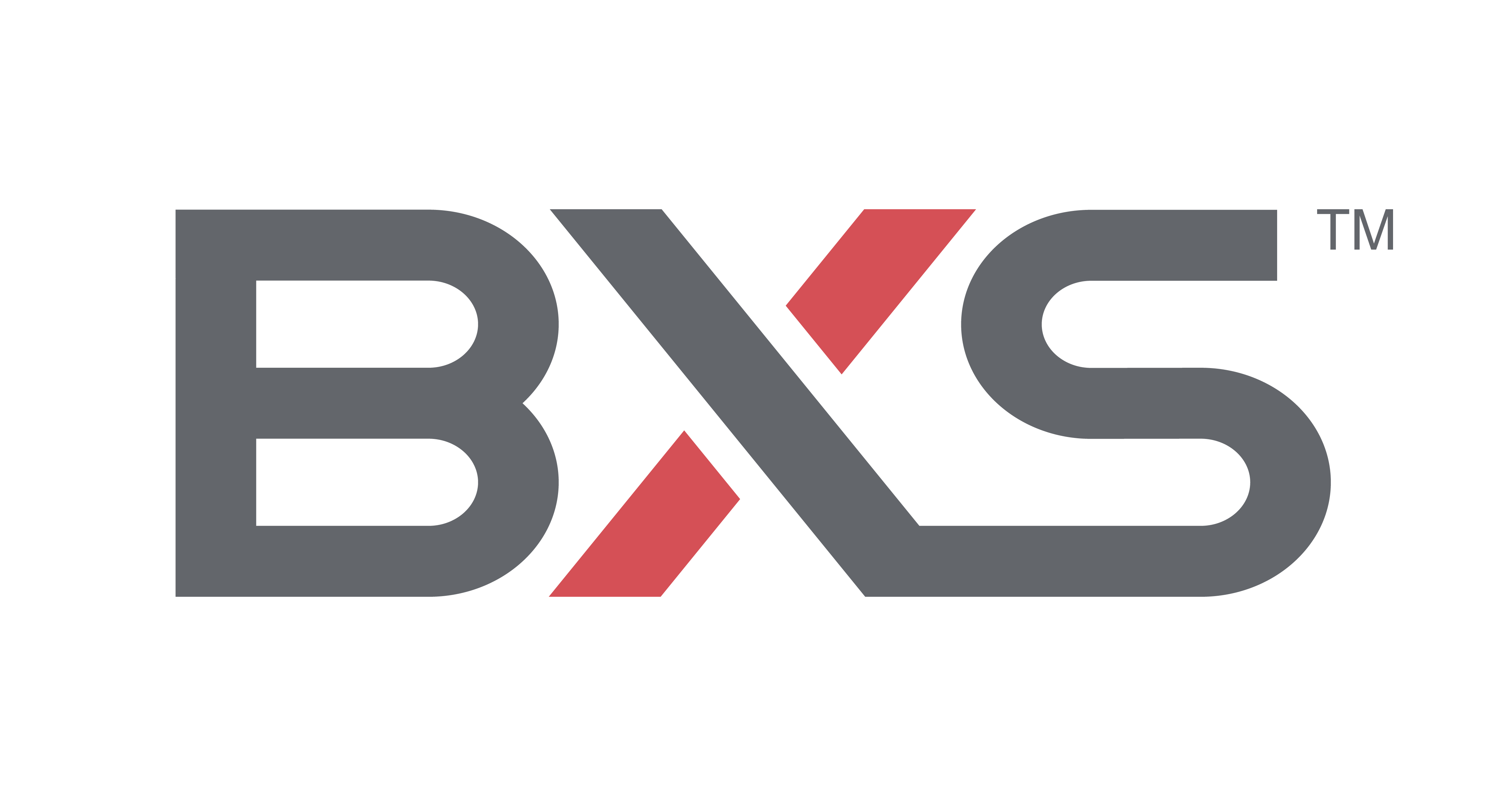March 23, 2021
Thought Leadership
STA: Here’s How to Win Business by Turning Compliance Burdens into Competitive Insights
It’s no secret that for capital markets firms, regulatory compliance has become increasingly complex over the past decade. While reasonable minds may disagree about what shape these requirements should take, the industry is united in its desire to meet them with precision and efficiency. In wanting to help firms develop an approach to their compliance obligations, we asked Michael Post, Executive Vice President at BXS, a trade data analytics firm and STA sponsor, to offer his opinions and recommendations. We hope you find the below article informative, and we thank Michael for taking the time to author it. – Jim Toes, STA
Here’s How to Win Business by Turning Compliance Burdens into Competitive Insights
By Michael Post, Executive Vice President, BXS
Between amendments to Rule 606 and the implementation of the Consolidated Audit Trail in the U.S., as well as the implementation of MiFID II in Europe, achieving compliance is now a daily focus for firms of all sizes, ramping up cost pressures. All of us desire fairness and transparency in the markets, but the fact is that achieving this through regulatory means often means significant disruption to established workflows.
That said, there is no alternative. Whether it’s a censure or a debilitating fine, the cost of non-compliance is high, and rightfully so. No firm wants to deal with the imposed penalties, which may have a far-reaching impact on the business due to reputation loss, suspensions and revocations of licenses – plus, playing by the same rules as everyone else is just the right thing to do
The Upside of Compliance Disclosures
Yet with every cloud, there is a silver lining. Individual firms may be subject to increasing regulatory obligations, but transparency requirements afford access to public reports from clients, competitors, vendors and everyone in between. With the proper tools, there is an opportunity for firms to use these reports to their advantage by deriving insights around the wider trading landscape, transforming compliance from a rote exercise into an opportunity to gain a competitive edge.
This approach, while opportunistic, is fully aligned with the regulatory agencies’ prioritization of transparency and disclosure. With each new reporting requirement, they are effectively creating a new category of data that firms can leverage to better understand what is occurring in the markets, identify their strengths and weaknesses, and refine their strategies. Using this tactic, industry firms can treat these agencies not as roadblocks to efficiency, but as strategic partners.
There’s a Gold Mine of Information in Those SEC Reports
Consider the public Rule 606(a)(1) reports, which broker-dealers are required to file on a quarterly basis (broken down by month) as of May 2020. In these reports, broker-dealers must disclose statistics regarding the routing of held, non-directed customer orders in Regulation NMS stocks and listed options, including a breakdown of how much order flow is going to each venue, payment-for-order-flow disclosures, fee and rebate statistics and more. Using this information, agency brokers can derive insights around how clients and competitors are interacting with the markets and formulate targeted sales and marketing plans in response.
On the flip side of that equation are market centers. Using public Rule 606 reports, these entities can easily take a macro view of where broker-dealers are routing their entire order flow, making it easier than ever to understand the priorities of their clients and refine their offerings accordingly. They can then analyze Rule 605 reports to understand the quality of execution that their competitors are delivering. It’s much easier to gain market share when armed with as much information as possible, so these reports should be part of every firm’s toolkit.
In addition to the accelerating pace of regulation, there are a number of industry developments occurring that make this approach timelier than ever. Recent years have seen the rapid proliferation of market centers; at the same time, sell-side commissions continue to fall. Both of these dynamics mean there is a greater need for firms to innovate, differentiate and discern how to best serve their clients in an increasingly competitive landscape.
In the end, regulation will continue to pose compliance challenges and exacerbate cost pressures, and there’s not much anyone can do about it. The best approach is to use these reports to effectively create hyper-focused strategies based on what clients and competitors are revealing. Following this model means that everyone wins – industry firms are better equipped to run their businesses while doing their part to create the transparency and fairness that make U.S. market structure the most robust in the world.
To read the full article, click here.
